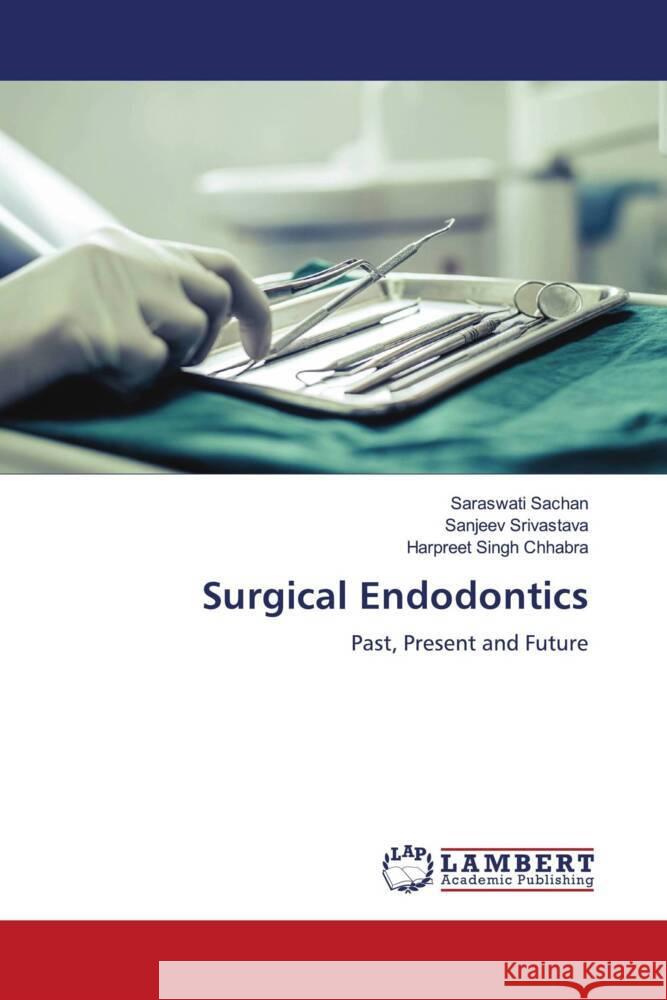Surgical Endodontics » książka
Surgical Endodontics
ISBN-13: 9786204953199 / Angielski / Miękka / 216 str.
The aim of the endodontic treatment is to disinfect the pulp space followed by sealing this space to prevent recontamination. Success rate of 47-97 % for non surgical/orthograde root canal treatment have been reported, with failures more likely to be associated with preoperative presence of periapical radiolucency, root filling with voids, root filling more than 2 mm short of the radiographic apex and unsatisfactory coronal restoration. Surgical Endodontics is a term for surgical procedure undertaken on the roots of the teeth and the periapical tissue. Indicated when conventional endodontics has failed or is impracticable. The aim of surgical endodontics is to restore the integrity of the supporting tissues of a tooth or teeth with chronic pulpal or periapical disease, where the non-surgical endodontics has failed and re-treatment cannot be undertaken or is contraindicated. Endodontic surgery has now evolved into endodontic microsurgery. By using state of the art equipment, instrument and materials that match biological concepts with clinical practice, the microsurgical approach produces predictable outcomes in the healing of lesions of endodontic origin.











